Jobs Transition

How can I transition into a new career field or industry ?
Transitioning into a new career field or industry requires careful planning, research, and a willingness to learn new skills. To make the transition smoother, assess your skills and interests, research potential careers, gain relevant experience through courses, certifications, volunteering, or part-time jobs, update your resume and cover letter, and apply for jobs while preparing for interviews. By following these steps, you'll be well-prepared to make a successful transition into an exciting new chapter of your professional life.
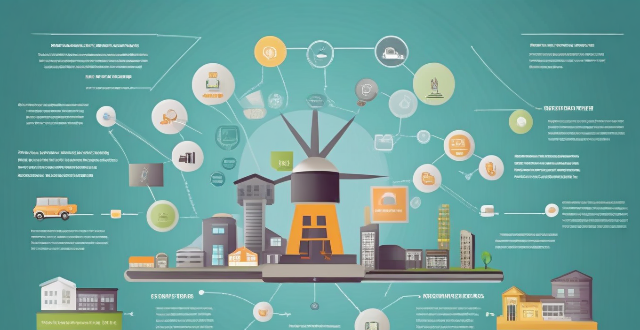
What impact does energy transition have on employment and job creation ?
The energy transition from fossil fuels to renewable sources significantly impacts job creation and employment. This shift brings growth in renewable energy sectors, green economy expansion, research & development, infrastructure development, and energy efficiency services. However, it also causes employment shifts such as a decline in fossil fuel industries, skill transition, geographical impact, supply chain effects, and policy-driven changes. Managing these challenges through strategies like reskilling programs and supportive policies is crucial for a just and equitable energy future.

How does energy transition contribute to combating climate change ?
The text discusses the importance of energy transition in combating climate change. It outlines how this transition contributes to reducing carbon emissions, increasing energy efficiency, promoting sustainable practices, stimulating innovation and economic growth, integrating smart grids and energy storage, and enhancing international cooperation. The shift from fossil fuels to renewable energy sources is crucial for mitigating global warming by directly addressing greenhouse gas emissions.

What are the potential health benefits of an energy transition ?
The energy transition from fossil fuels to renewable sources can significantly improve public health by reducing air pollution, mitigating climate change effects, creating economic opportunities in clean energy sectors, and promoting active lifestyles. This shift benefits respiratory and cardiovascular health and can lead to better access to healthcare services. Policies supporting the energy transition should consider both environmental and health objectives for a sustainable and healthier future.

What are the benefits of green jobs ?
Green jobs, also known as sustainable jobs or eco-friendly employment, refer to positions that contribute positively to the environment and help in mitigating climate change. These jobs are often focused on renewable energy, energy efficiency, pollution control, waste management, and environmental conservation. The benefits of green jobs are multifaceted and can be categorized into economic, environmental, and social dimensions. In summary, green jobs offer a triple win by stimulating economic growth, protecting the environment, and enhancing social well-being. As societies continue to prioritize sustainability, the importance of these jobs will only increase, making them a cornerstone of future employment landscapes.

What is the future outlook for green jobs ?
The future outlook for green jobs is promising, asThe future outlook for green jobs is promising, as eco-friendly practices continues to The key factors driving this growth include government policies, consumer demand, technological advancements, corporate social responsibility, and international collaboration. Examples of green jobs include renewable energy technicians, sustainability managers, green building designers, waste management professionals, conservation scientists, and environmental lawyers.

How does energy transition affect national security and geopolitics ?
Energy transition has significant implications for national security and geopolitics, driven by concerns over climate change, energy security, and economic competitiveness. It promotes diversification of energy sources, enhances energy independence, and addresses cybersecurity risks, strengthening national security. Energy transition can alter power dynamics, mitigate climate change, enhance economic competitiveness, and contribute to environmental security, all of which have significant geopolitical consequences. As the world continues to transition towards renewable energy, it is essential for countries to develop strategies to navigate the complex interplay between energy transition, national security, and geopolitics.
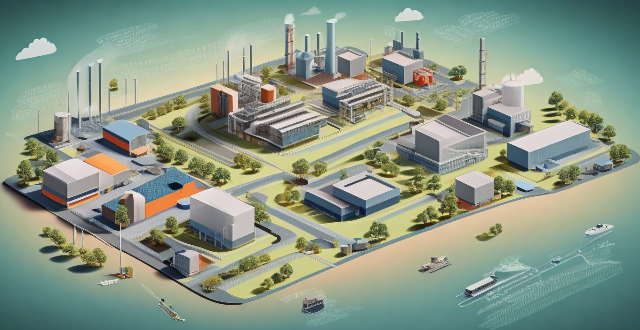
In what ways can technology accelerate energy transition ?
Energy transition is the process of shifting from traditional, non-renewable energy sources to cleaner and more sustainable alternatives. Technology plays a pivotal role in this transition by improving efficiency, reducing costs, and enhancing the performance of renewable energy systems. Key areas where technology can make a difference include renewable energy production, energy storage, smart grids, energy efficiency, and carbon capture and utilization. Innovations in these areas promise a cleaner, more sustainable, and resilient energy future for all.

Are green jobs accessible to people from all socio-economic backgrounds ?
The accessibility of green jobs to individuals from diverse socio-economic backgrounds is a complex issue that involves several factors, including education and training, job market dynamics, socio-economic barriers, and policy initiatives. To ensure that green jobs are accessible to people from all socio-economic backgrounds, concerted efforts from educational institutions, employers, and governments are needed to remove barriers and promote inclusivity.

How do circular economy policies promote sustainability ?
Circular economy policies promote sustainability by reducing resource consumption, minimizing waste and pollution, fostering economic growth within ecological limits, creating social benefits and jobs, and encouraging systemic change and collaboration. Key practices include promoting product longevity, eco-design, zero-waste initiatives, clean technologies, circular business models, green jobs training, and multi-stakeholder cooperation. These policies aim to transition towards a more sustainable future by keeping resources in use for as long as possible while incurring the least waste.
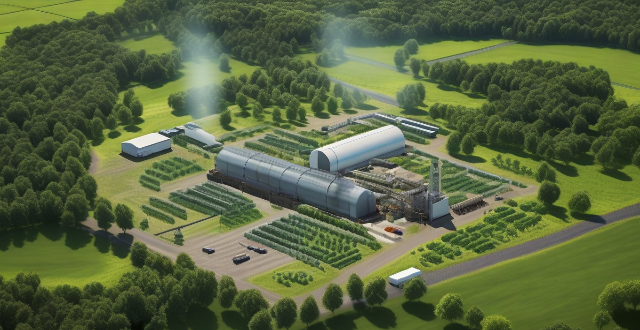
What is energy transition and why is it important ?
Text: Energy transition is the shift from traditional to renewable energy sources, important for reducing greenhouse gas emissions, promoting sustainable development, and improving energy security. Benefits include economic growth, environmental protection, and social progress.

What steps can governments take to promote renewable energy jobs ?
Governments can promote renewable energy jobs through various policies and incentives. They can implement regulations like Renewable Portfolio Standards, Feed-in Tariffs, Net Metering Laws, and Renewable Energy Certificates. Financial incentives such as tax credits, grants, loans, and investment tax exemptions can also be provided. Governments can support research and development by funding studies, collaborating with academia, forming public-private partnerships, and supporting startups. Education and training programs, infrastructure development, streamlining permitting processes, encouraging local production and consumption, and international cooperation are other steps that can be taken to promote renewable energy jobs.

What are the key trends in climate financing ?
The key trends in climate financing highlight a collaborative effort between public and private sectors, technology-driven solutions, international cooperation, an emphasis on resilience and adaptation, a focus on just transition and inclusive growth, and accountability and performance measurement. Governments are issuing green bonds, forming public-private partnerships, and establishing climate funds. Private sector innovations include impact investing, sustainable finance, and carbon credit trading. Technology is being used to increase transparency in climate finance flows, streamline access to climate finance, and identify investment opportunities. International cooperation is facilitated through global climate funds, bilateral and multilateral agreements, and alignment with sustainable development goals. Resilience and adaptation are receiving more funding, with insurance schemes and community-based adaptation initiatives gaining support. Just transition and inclusive growth are prioritized, with a focus on equitable energy transitions, gender equality, and economic opportunities. Accountability and performance measurement are ensured through results-based finance, monitoring and reporting mechanisms, and transparency and anti-corruption measures.
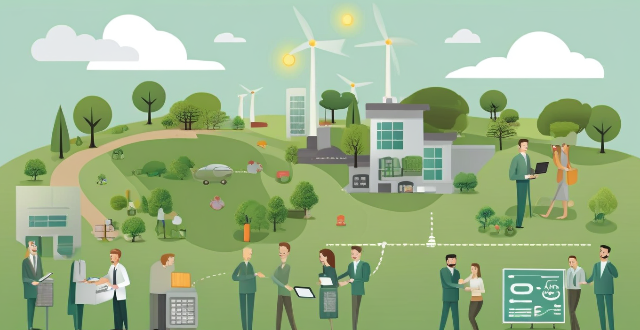
What role do renewable energies play in the energy transition process ?
The role of renewable energies in the energy transition process is to help decarbonize the power sector, promote sustainability, provide economic benefits, improve energy security, and enhance public health. Renewable sources like solar, wind, hydropower, and geothermal emit little to no greenhouse gases during operation, making them crucial for reducing carbon emissions associated with electricity generation. These sources are also sustainable as they are replenished naturally and do not deplete over time. Investing in renewable energies can lead to job creation, technological innovation, and cost savings in the long run. By diversifying energy sources, countries can reduce their dependence on imported fuels and enhance their energy security. Additionally, renewable energies have lower environmental impacts than fossil fuels, leading to improved air quality and public health benefits.
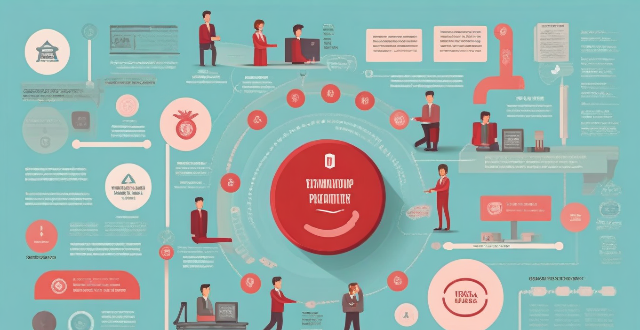
How do green jobs impact economic growth ?
Green jobs can stimulate economic growth by creating new employment opportunities, driving innovation and technological advancements, reducing costs and improving efficiency, enhancing environmental quality and public health, and attracting investment and tourism dollars.

How does green employment contribute to sustainability ?
Green employment, or green-collar jobs, are essential in achieving sustainability by promoting environmentally friendly practices, enhancing social well-being, and fostering economic growth through innovation and job creation. These jobs focus on renewable energy, waste reduction, sustainable agriculture, ecotourism, and more. By embracing these sustainability careers, we can build a resilient future for all.

How can governments promote and support energy transition ?
Governments can promote and support energy transition through policy incentives, research and development, education and awareness, infrastructure development, collaboration with the private sector, and international cooperation.
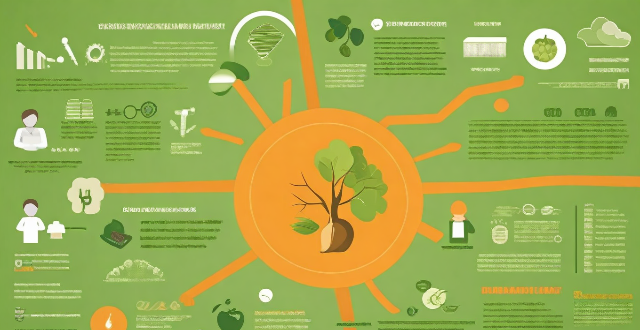
How can we create more green jobs to combat climate change ?
Creating green jobs is a crucial step towards combating climate change. This can be achieved through investing in renewable energy, promoting energy efficiency, supporting sustainable agriculture, and protecting natural habitats. Government incentives, public-private partnerships, skills training programs, green building certifications, transportation infrastructure improvements, industrial process optimization, farmer training programs, local food systems, research and development, conservation work, reforestation initiatives, and sustainable land management are some of the key strategies that can help create more green jobs. By working together, we can ensure a sustainable future for generations to come.

How does climate change impact job creation in developing countries ?
Climate change has a profound effect on job creation in developing countries, where agriculture and natural resources are key to livelihoods. Impacts include decreased agricultural productivity due to loss of arable land, crop failures, and pest outbreaks. Natural resource-based industries like forestry, fishing, and tourism also suffer from climate-related disruptions. However, there's increased demand for jobs in renewable energy and energy efficiency as part of efforts to combat climate change. Health and safety risks rise in traditional jobs due to extreme temperatures and weather patterns. Infrastructure development for adaptation and disaster response creates construction and engineering jobs. Migration, both internal and international, is another consequence of climate change, leading to shifts in urbanization and economic structures. Addressing these challenges requires innovative solutions and international cooperation to ensure sustainable and resilient economic development.
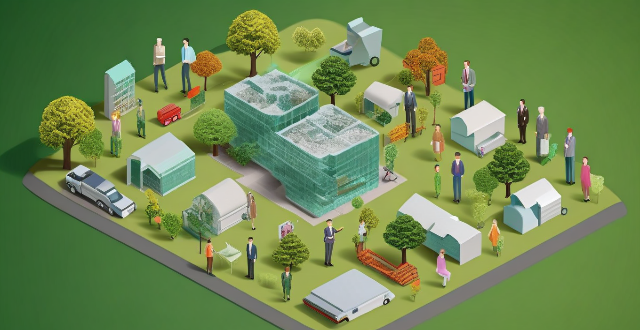
What industries offer the most green job opportunities ?
Green jobs are positions that help to preserve or improve the environment. As society becomes more aware of environmental issues and the need for sustainable development, green jobs are becoming increasingly popular. The industries offering the most green job opportunities include renewable energy, environmental science and conservation, sustainable agriculture, waste management and recycling, and green building and construction. Jobs in these sectors range from engineers and technicians to researchers and educators.

How can we create more green jobs in our community ?
Green jobs, which help to preserve or improve the environment, are important for reducing our carbon footprint and creating new economic opportunities. Ways to create more green jobs in our community include encouraging renewable energy development, promoting sustainable transportation options, supporting local farming and gardening initiatives, investing in energy efficiency measures, and fostering environmental education and awareness. These efforts can create job opportunities in areas such as installation, maintenance, operation, teaching, research, and outreach.

How important is hands-on experience when applying for sports coaching jobs ?
Hands-on experience is crucial for success in sports coaching jobs, providing practical knowledge and skills for effective athlete training and team leadership. It also helps coaches build strong relationships with athletes, demonstrate essential skills to potential employers, and engage in continuous learning for ongoing development. Employers are more likely to hire candidates who can demonstrate these skills through their previous experiences.

How does energy efficiency fit into the broader strategy of energy transition ?
Energy transition, the shift to cleaner energy sources, is crucial for mitigating climate change. Energy efficiency plays a key role in this transition by reducing demand and consumption, leading to multiple benefits including reduced emissions, cost savings, and increased energy security. Strategies for integrating energy efficiency include optimizing building design, transportation, industrial processes, promoting renewable energy use, consumer education, implementing supportive policies, and investing in research and development. By prioritizing energy efficiency alongside renewable energy adoption, we can expedite the move towards a sustainable future.

What are the most sustainable and eco-friendly jobs available today ?
The most sustainable and eco-friendly jobs available today include renewable energy specialist, environmental scientist, sustainability manager, green building architect/designer, and organic farmer/gardener. Renewable energy specialists work in industries such as solar, wind, hydro, and geothermal power generation to reduce reliance on non-renewable sources of energy. Environmental scientists study natural environments and how human activities affect them, developing solutions for environmental problems such as pollution control, waste management, and conservation efforts. Sustainability managers oversee an organization's efforts to reduce its environmental impact while maintaining profitability. Green building architects/designers specialize in designing buildings that minimize their environmental impact while providing comfortable living spaces. Organic farmers/gardeners grow crops without using synthetic pesticides or fertilizers, relying on natural methods such as crop rotation, composting, and biological pest control to maintain healthy soil and produce high-quality food.

What are the main challenges in achieving a successful energy transition ?
The energy transition to renewable sources faces numerous challenges that encompass technological, economic, policy, social, infrastructure, environmental, geopolitical, and natural limitations. Addressing these obstacles requires a comprehensive approach involving technological innovation, economic incentives, policy support, cultural shifts, international cooperation, and consideration of environmental impacts and resource availability.

How will the shift towards electric vehicles impact energy transition goals ?
Electric vehicles play a crucial role in achieving energy transition goals by reducing greenhouse gas emissions, promoting renewable energy sources, and improving energy efficiency. They produce zero tailpipe emissions, leading to improved air quality in urban areas. The increased demand for renewable energy to power EVs drives the development of solar and wind technologies. EVs are more energy-efficient than traditional vehicles and can help reduce energy waste through smart charging systems. However, challenges such as infrastructure development and battery production must be addressed, while opportunities like job creation and technological innovation should be capitalized on to accelerate progress towards a sustainable future.

How is climate finance impacting the transition towards a low-carbon economy ?
Climate finance is crucial for the transition to a low-carbon economy, supporting projects that reduce GHG emissions and enhance resilience to climate change. It plays a significant role in various sectors: 1. **Renewable Energy**: Climate finance boosts research, development, and deployment of clean energy technologies, accelerating the shift from fossil fuels. 2. **Sustainable Transportation**: It promotes sustainable transport options like electric vehicles and public transit, reducing carbon emissions from the transport sector. 3. **Carbon Sinks**: Climate finance supports conservation and restoration of ecosystems like forests and oceans, enhancing their capacity to absorb CO2. 4. **Circular Economies**: It drives the transition towards circular economies by funding projects that promote resource efficiency, waste management, and circular business models. While climate finance has made significant impacts, more efforts are needed to meet international climate targets, making continued growth in climate finance essential for achieving a low-carbon world.

How can cities lead the way in energy transition initiatives ?
Cities can lead energy transition by setting clear goals, implementing regulations, investing in infrastructure, engaging communities, adopting technology, and using financial strategies.

How will the rise of automation and artificial intelligence affect employment opportunities in future cities ?
The rise of automation and artificial intelligence (AI) is expected to have a significant impact on employment opportunities in future cities. This transition will likely result in decreased demand for certain jobs, particularly those involving repetitive tasks or moderate skills, while increasing the need for specialized skills in areas like software development and data analysis. To adapt to these changes, strategies such as lifelong learning, job retraining programs, and collaboration between businesses and educational institutions are recommended. It is crucial for individuals, governments, and businesses to proactively prepare for these shifts to ensure a diverse and resilient workforce.
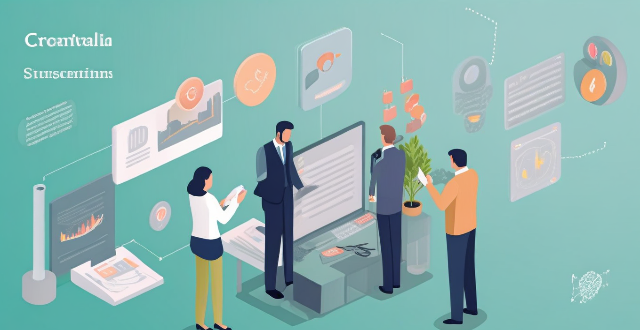
How can institutional investors contribute to the transition to a low-carbon economy ?
Institutional investors play a crucial role in driving the transition towards a low-carbon economy by integrating environmental, social, and governance (ESG) criteria into investment decisions, engaging with companies on sustainability issues, supporting green bonds and other sustainable finance instruments, promoting transparency and accountability, leveraging influence through shareholder power, collaborating with other investors and stakeholders, investing in innovation and startups, and measuring and reporting impact.